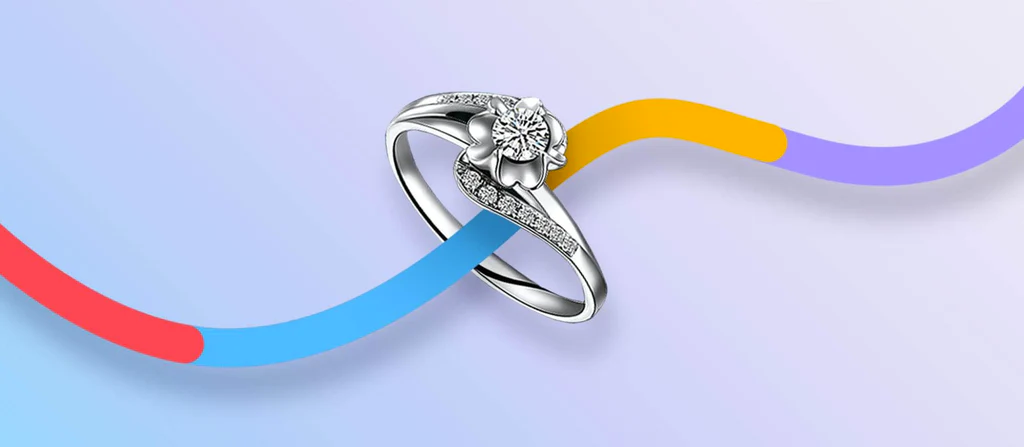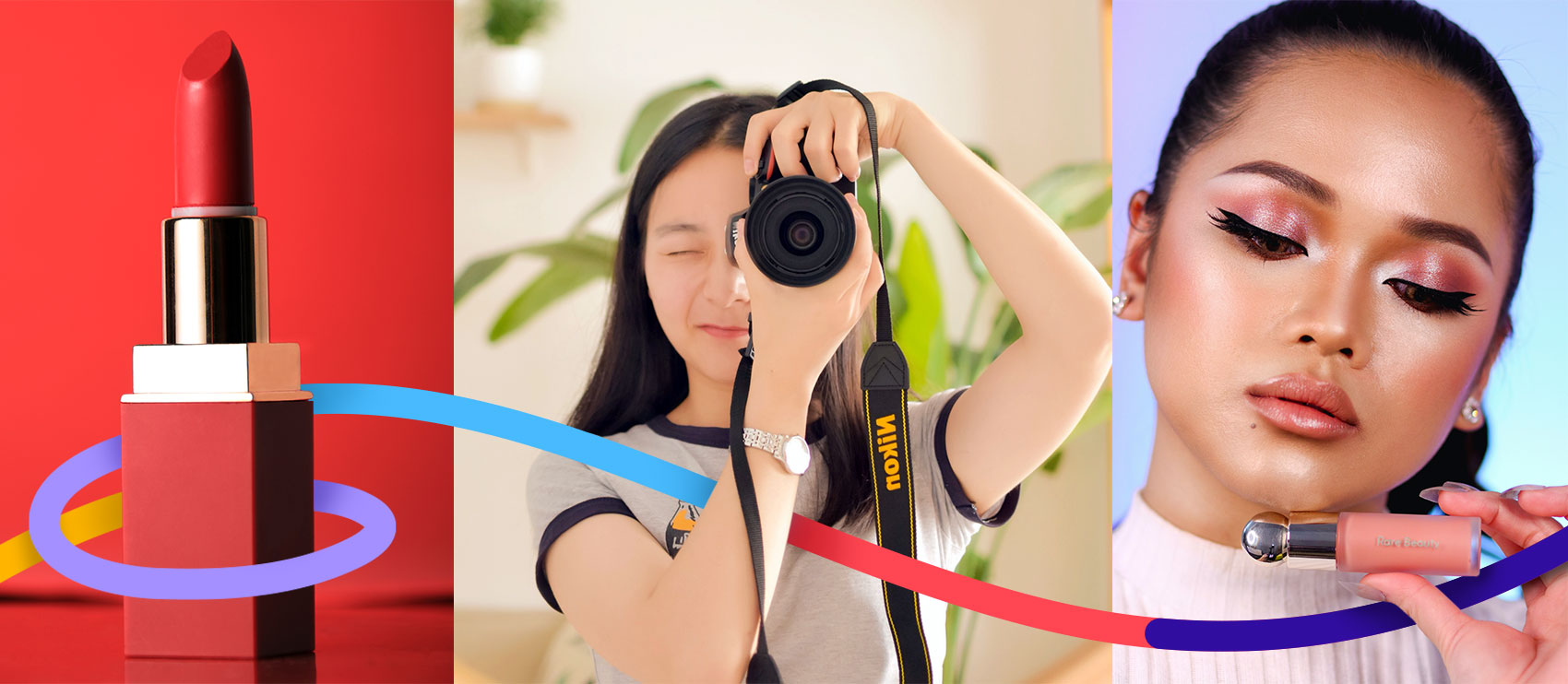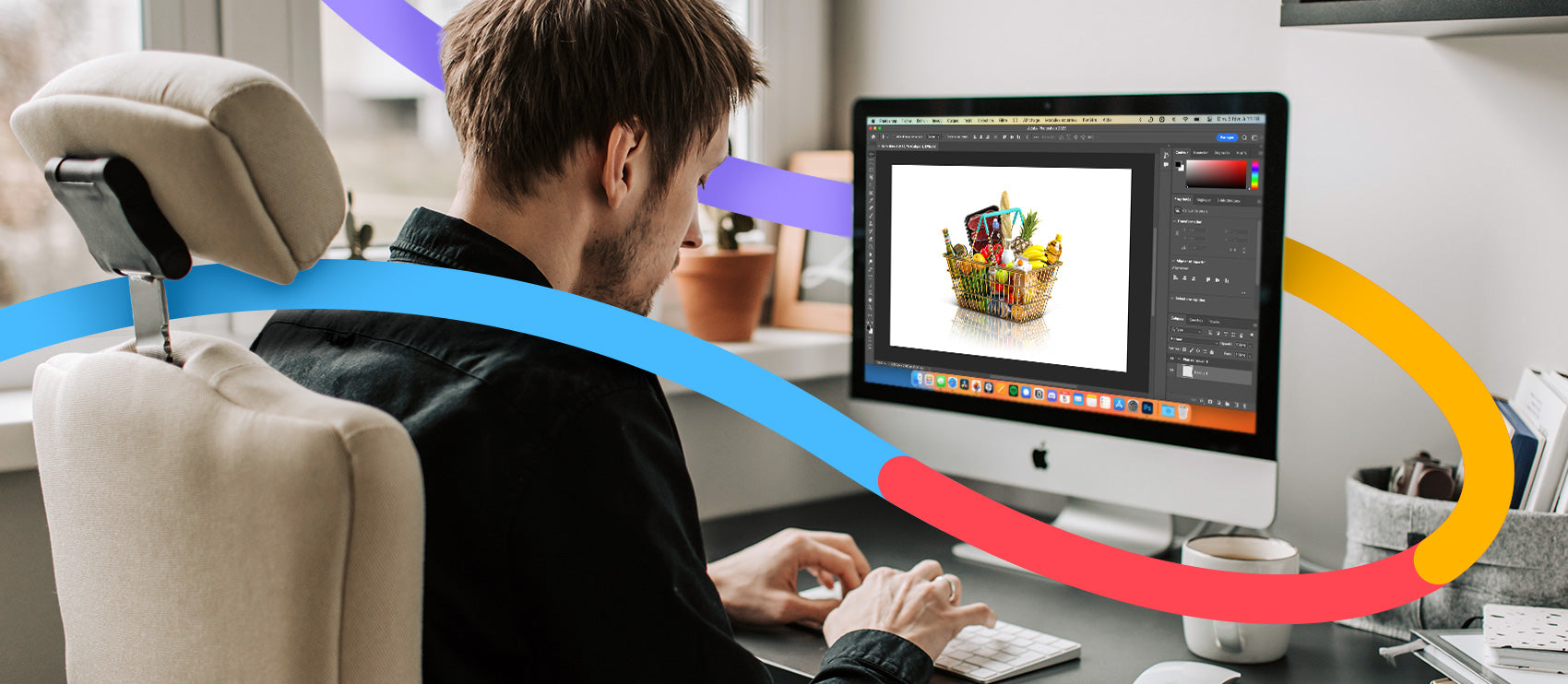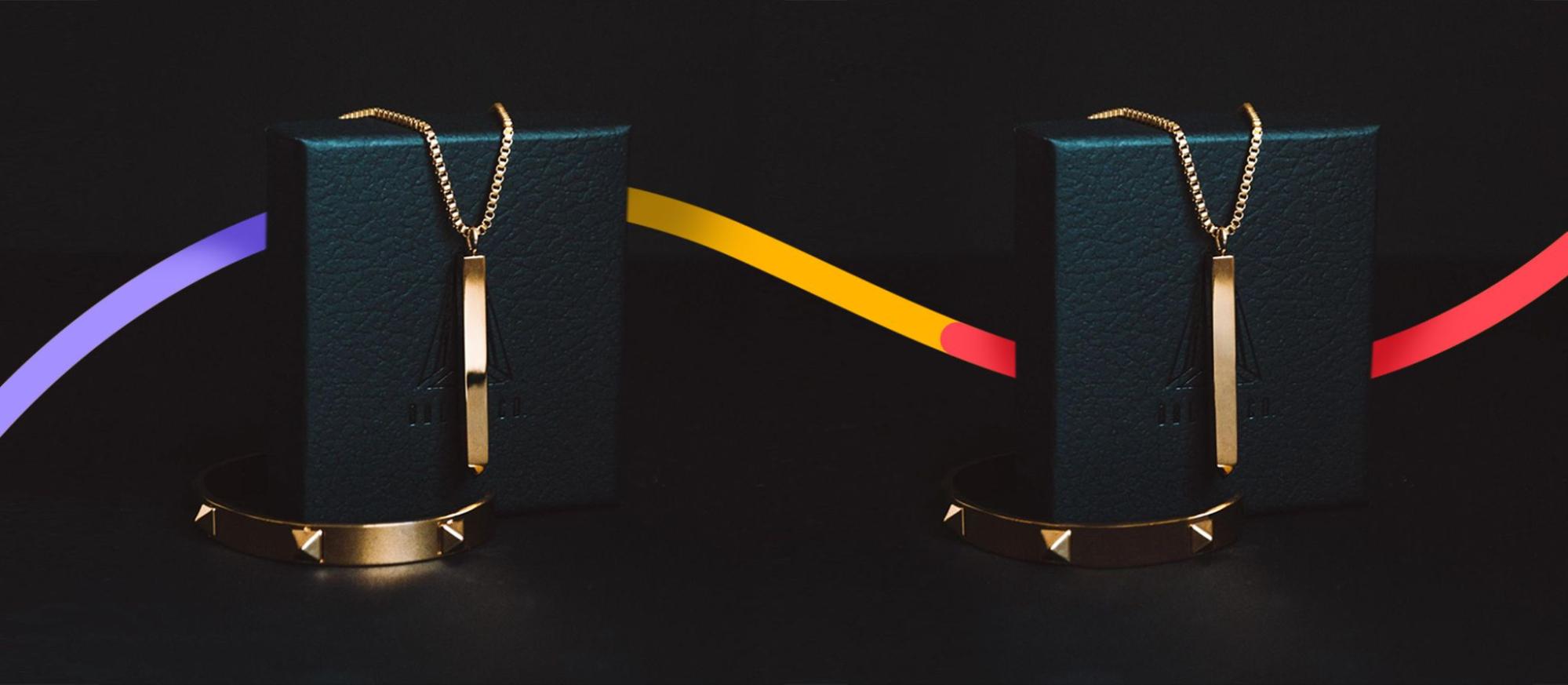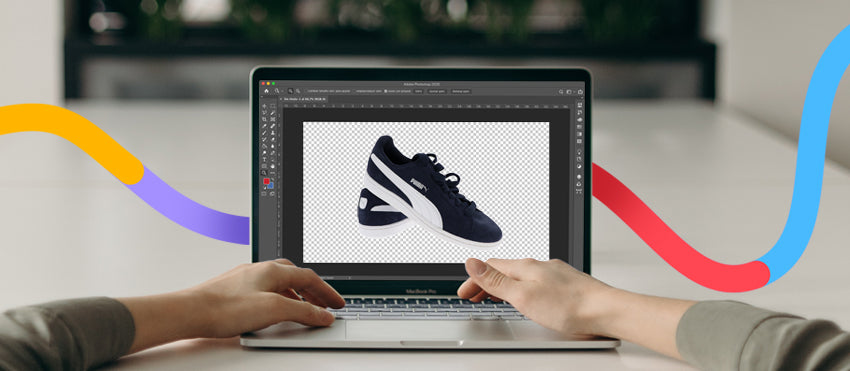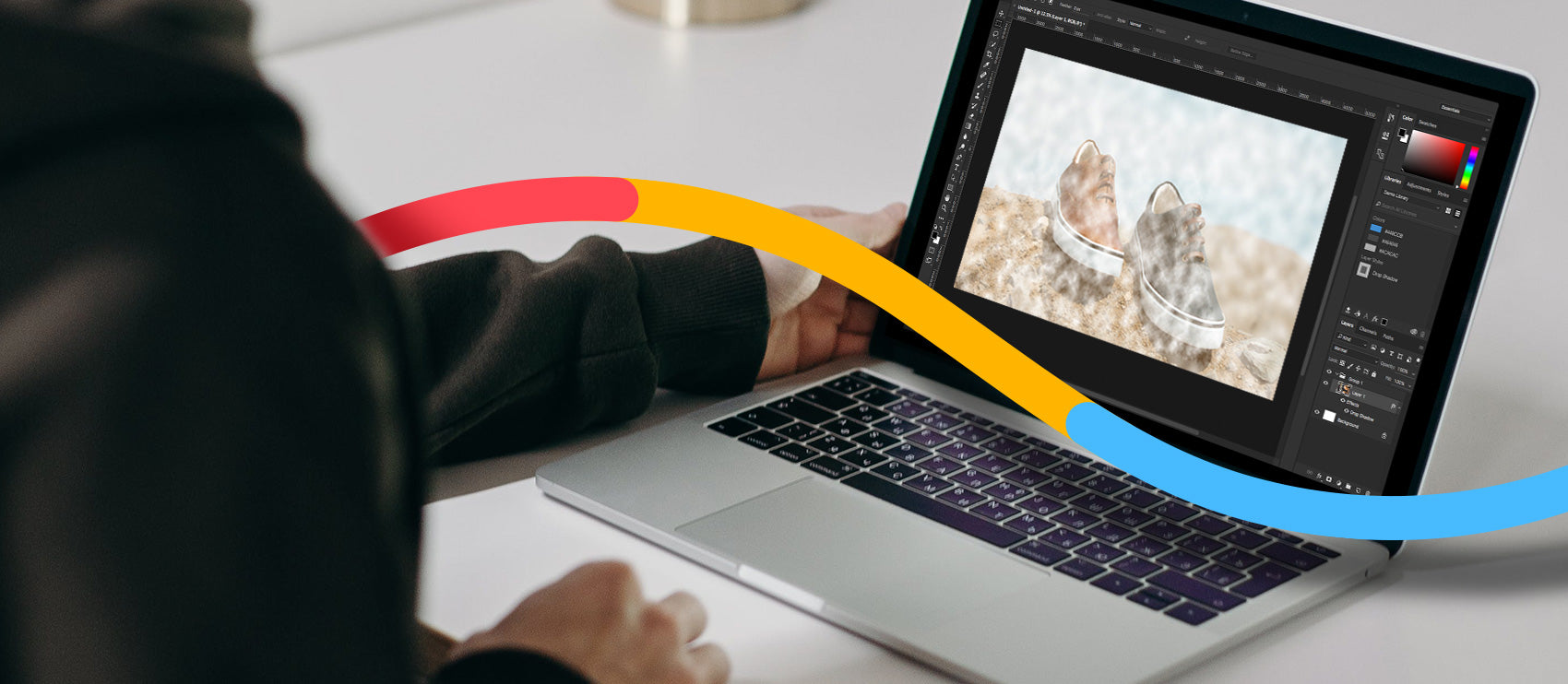Mistakes happen. Some might even say it’s human to err (rather, Alexander Pope said that one, but whatevs, it still applies in the 21st century).
But when it comes to Photoshop fails, is it human or machine to err?
Photoshop fails happen with new editors learning the ropes as well as with seasoned photo editors. No one is immune or safe. If we break it down, it can happen if you’re on a tight deadline, have way too many photos to go through, you’re not paying attention to detail, direction isn’t clear, or if you’re using automation and AI to do it for you.
What is a Photoshop fail?
A Photoshop fail is when there’s a glaring mistake on a photo or image that has been edited with Adobe Photoshop or any other professional photo editing software. But sometimes the mistakes are in the details. It can be retouching gone wrong, wanting to slim down a model and not taking into account proper body proportions, or even touching up photos but forgetting about the shadows. The list of fails is endless.

Either someone only ever has “left arm day” at the gym or someone’s arm was slimmed down a bit too much.

Does something seem weird with her fingers, or is it just me?

Is that your third hand?

The devil is in the details and the detail here is forgetting to also remove the shadows.
Photoshop fails really became popular with overzealous fashion brands like Victoria’s Secret wanting to make their “angels” appear even more slender and perfect. These haven’t always worked in their favor, as savvy consumers can quickly spot the touch-up faux pas.
These mistakes aren’t exclusive to human models. They can also happen in product photography. If you outsource your editing to low-quality service providers, they may either rush through the job or use automation and artificial intelligence (AI) to edit your images.
Not happy with the shadows in your shot? You can learn how to add a natural shadow in Photoshop to fix them in post-processing.
How Photoshop fails happen
Photoshop fails almost always happen by mistake, especially when it comes to professional product photos. The most common reasons are because of inattention to detail, bad direction, no post-edits reviews, and using AI instead of humans.
The lesson here is to simply not use AI. The apps are great for quick edits on your personal social media feed, but when it comes to product photography or images you’re using to promote your brand, nothing beats having a real human taking the time to ensure flawless work. After all, your photos are your customer’s first impression of your brand and products. You gotta make it count.

If you’re going to do a ghost mannequin, don’t forget the hands. This one looks angry about it.

Is this what it means to have one foot out the door?
Psssst… here's how you know if you're bad at Photoshop: ✘ you don't use layers ✘ you delete or erase instead of masking ✘ you use filters like you're a teen on Snapchat ✘ you don't know what any of the above means
Why Photoshop fails are bad for business
Photoshop fails are bad for business because they misrepresent your products and your brand, which ultimately hurts your brand image, consumer trust, and your bottom line. Yikes.
No matter how small the mistake, someone will notice. Unfortunately, thanks to social media and smartphones, mistakes are given way too much air time and the bigger the mistake the more viral it might go. You may even become a meme. And once you’ve made a mistake, your brand will never live it down and everything you post will be scrutinized forevermore.
The real detriment is that everyone will be so focused on the error that your product won’t get the attention it deserves. It will sometimes also lead to customers thinking your product is fake or poor quality (or both). The bottom line, it leaves a negative impression of your brand and that’s hard to come back from.

This caption would read very different if the cut/paste on this photo wasn’t so obvious

The easiest way to replace your models is to cut/paste new faces directly onto them
How to avoid Photoshop fails
Luckily, it’s easy to avoid Photoshop fails if you put proper processes and quality control in place.
Ensure humans are completing the bulk of the work and reviewing all the work so no errors slip through. Our designers do every edit by hand because we know how important every detail is, no matter how small the edit is.
The other way to avoid mistakes is to review direction or scope of work so that all the edits being requested are clear. And reviewing post-edit images can make all the difference in the world, even if that sometimes means having a second or third person look at them. Because when you spend a long time working on a project, you can’t always catch every single detail. It happens to all of us, so don’t be afraid to ask.
Working with editors you trust is also paramount to having consistently great product photography. Once you’ve found an editor that understands your work and that produces great edits, this relationship will go a long way in having beautiful photos that truly represent your brand.
These are applicable whether you’re doing the edits in-house or outsourcing to a third party. Not sure which is the better option for your business? Here’s a helpful article.

Something doesn’t add up here…

Perfect if you’re going for a natural smile.

I think I saw this movie… it didn’t end well for her family.
The caveat… with a big-fat * disclaimer
Sometimes – and we mean sometimes – Photoshop fails are done on purpose.
This is the point where you’re probably like 😳😱🧐😵🙄🤬. So hear me out.
If done properly and intentionally so your audience is “in on the joke” and it’s on-brand, then a deliberate Photoshop fail can be a great way to add some fun to your marketing.
Take Wendy’s Twitter for example. If you follow them, you know they’re sassy and spunky and hold no bars (ahem) about it.
So for funs (sic), they posted a thread about practicing their Photoshop skills, and invited followers to take part. What followed was a big fat mess of on-purpose Photoshop fails that had their audience roaring and some even using it as their profile pics.
In fact, even Adobe (the creators of Photoshop), jumped in on the conversation.

Their response was perfect and got Wendy’s to revise their logo edit.

Just to reiterate and make sure the kids in the back hear us, doing these kinds of things on purpose are great if it’s obvious that’s what you’re doing annnnnnd they’re on-brand. Cool?
Just (don’t) do it
The moral of the Photoshop fails story is, avoid them like your brand depends on it… because it does. Overlooking even the smallest mistakes can have bottom-line altering effects to your business.

How I picture Slender Man is spending his quarantine since the kids aren’t allowed out
And just because other big brands have had mistakes and bounced back doesn’t mean you can too. Remember, these big brands can take small hits. Companies like Victoria’s Secret and Target won’t suffer. Their audience knows what they’re getting, and they already trust their brands to deliver on their promise.
If you’re not sure where to find professional image editors to help your business, here’s a list of 10 sources you should consider.
This post was written by Karine Bengualid.



